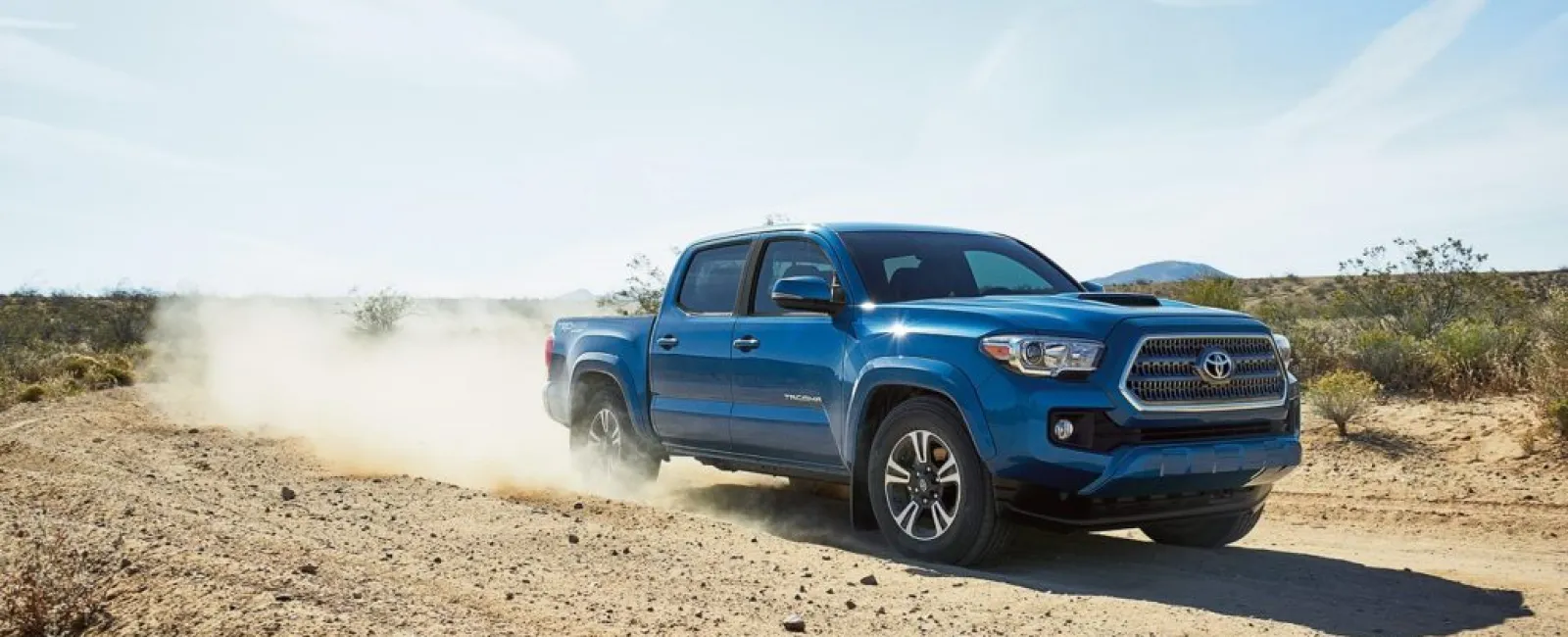If you've been in the market for a newer vehicle recently, you may have noticed or read about a troubling trend—on the whole, vehicles made during and after the COVID-19 pandemic simply aren't built like they used to be. Many consumers and industry professionals alike are recognizing that vehicles manufactured post-2020 are less reliable, more expensive to maintain, and riddled with problems that weren't as prevalent before.
Why the Decline in Vehicle Quality?
The decline in vehicle reliability and durability after COVID can be traced back to several key factors:
1. Supply Chain Disruptions & Lower-Quality Parts
During the pandemic, automakers faced massive supply chain disruptions. Factories shut down, parts became scarce, and manufacturers had to source materials from different suppliers—sometimes at the cost of quality. Some components, particularly computer chips and electronic modules, were in short supply, leading to compromises in design, durability, and performance. Cheaper materials, rushed production, and a reliance on untested parts have contributed to more breakdowns and shorter lifespans.
2. Workforce Issues & Manufacturing Problems
COVID caused widespread labor shortages, forcing automakers to hire less-experienced workers or automate more of the manufacturing process. While automation can be beneficial, it also led to increased errors in production. Additionally, veteran workers with years of knowledge left the industry, and their replacements often lacked the expertise needed to maintain previous quality standards.
3. Overcomplicated Electronics & Software Problems
Newer vehicles rely more than ever on software and electronic systems, but many of these systems have proven to be problematic. Post-COVID models often feature rushed or poorly integrated technology, leading to frequent malfunctions, recalls, and costly repairs. Computerized components that control everything from transmissions to infotainment systems have become more failure-prone, leaving owners frustrated with expensive fixes.
4. Rising Repair Costs & Limited Parts Availability
Parts shortages didn't just impact production—it also affected repairs. Many post-COVID vehicles use unique components that are hard to source, driving up repair costs and increasing wait times for fixes. Additionally, as manufacturers push toward more proprietary technology, independent mechanics have a harder time accessing parts and repair data, forcing consumers to rely on costly dealership service centers.
Why People Are Holding Onto Pre-COVID Vehicles Longer
Given these issues, it's no surprise that many people are holding onto their pre-COVID vehicles rather than trading them in for a newer model. Older vehicles, particularly those built before 2020, tend to have better build quality, more reliable mechanical systems, and fewer electronic complications. With proper maintenance, these cars can outlast their newer counterparts while avoiding the headaches of expensive repairs and software malfunctions.
Additionally, the rising cost of new and used cars—driven by inflation and increased production expenses—makes keeping an older, reliable vehicle a financially smart choice. Rather than taking on high car payments and costly repairs, many vehicle owners are investing in preventative maintenance and rust protection to extend the life of their existing cars.
Protecting Your Vehicle for the Long Haul
If you own a pre-COVID vehicle and want to keep it on the road for years to come, proactive maintenance is key. Regular oil changes, quality parts, and rust protection—such as lanolin undercoating—can help extend your vehicle's lifespan and keep it running smoothly. In a world where newer doesn't always mean better, taking care of what you have might be the smartest move.
Final Thoughts
The post-COVID vehicle market has left many consumers disappointed with declining reliability, skyrocketing repair costs, and frustrating electronic failures. As a result, more people are choosing to keep their well-built pre-2020 vehicles rather than gamble on an expensive, less-durable replacement. By maintaining your vehicle properly, you can avoid many of the headaches that come with today's automotive industry challenges.
